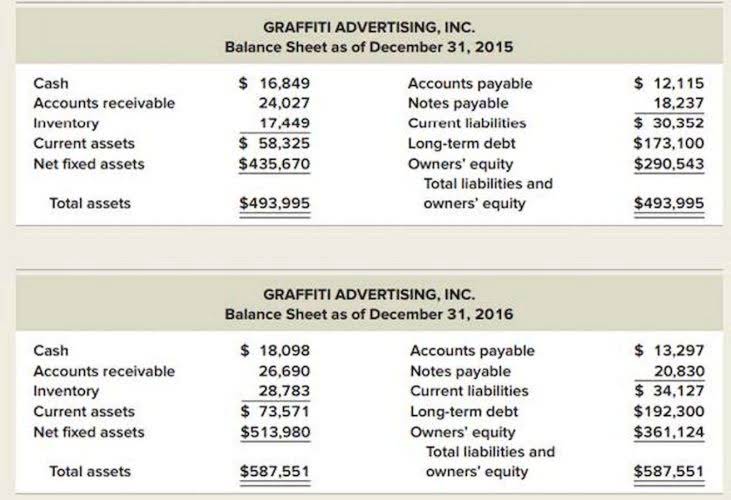Sample Chart of Accounts Template

For example expense accounts are normally increased by a debit entry, whereas income accounts are normally increased by a credit entry. The account names will depend on your type of business, but the classification and grouping should be similar to the sample chart of accounts. The only required features of the chart of accounts are the account name and the account code. The role of equity differs in the COA based on whether your business is set up as a sole proprietorship, LLC, or corporation. This would include Owner’s Equity or Bookstime Shareholder’s Equity, depending on your business’s structure.
- In addition, the template sets out which financial statement the account belongs to, how the accounts are grouped and sub-grouped so that all similar accounts are grouped together, and indicates whether the account is normally a debit or a credit.
- Accordingly, this template Chart of Accounts can be helpful for advisory firm owners to download, adapt, and implement for their own firms.
- The template includes common account types and numbers, and it’s organized by category to make it easier to use.
- Other transactions may not involve any actual cash movement, but simply require money to be moved from one accounting category to another.
- For example, a retailer’s operating expenses consist of its cost of goods sold and its selling, general and administrative expenses (SG&A).
- A related account is Insurance Expense, which appears on the income statement.
Assign Category Types
Pacific Accounting & Business Services is focused on providing high-quality accounting, finance, and related back office services to businesses. Spend Smarter – You are always looking for opportunities to reduce expenses. With a detailed view of business spendings from COA, you can easily track expenses and see where you may be able to cut down on costs if needed. Also, you can seamlessly handle inevitable recurring expenses, like rent, salaries & wages, office utilities, materials, and more. When the owner contributes money to the business, the transaction is recorded as an increase to both the “Owner Contributions” Equity Account and the “Business Checking” Asset Account that the money is transferred into. For firm owners implementing their own Chart of Accounts, some potential areas that may require extra consideration are listed below.
- This way, you can allocate each financial transaction from your business to a category that makes sense to you as a business owner, keeping track of cash inflows and outflows while adhering to financial reporting standards.
- The amount in the Insurance Expense account should report the amount of insurance expense expiring during the period indicated in the heading of the income statement.
- Our pre-formatted Chart of Accounts template for service businesses can be used to easily and quickly upload directly to QuickBooks online or can be used to manually edit an existing Chart of Accounts.
- Start by assigning names to your business accounts—descriptions such as “Equipment,” “Accounts Payable,” and “Utilities.” This will be the middle column of your chart.
- A stockholders’ equity account that generally reports the net income of a corporation from its inception until the balance sheet date less the dividends declared from its inception to the date of the balance sheet.
- There are more benefits to setting up a chart of accounts for a small business.
- Since there’s rarely inventory for service businesses, the chart of accounts can be much simpler!
How is a chart of accounts organized?
The difference is that most businesses will have many more types of accounts than your average individual, and so it will look more complex; however, the function and the concept are the same. Essentially, the chart of accounts should give anyone who is looking at it a rough idea of the nature of your business by listing all the accounts involved in your company’s day-to-day operations. A chart of accounts has accounts from the balance sheet and income statement and feeds into both of these accounts.

Small Company COA Identifier Numbering

A chart of accounts is an important component of bookkeeping that allows a business owner to index and keep track of all monetary transactions in which the business engages. The list is part of a business’s general ledger that breaks down and classifies financial activity into categories. All of those financial transactions generating operating revenue for your company fall into the P&L (income statement) category. Just remember, this only includes revenues stemming from the core functions of your business, not items falling outside of your main activities. Begin by outlining the primary categories of accounts that align with your business operations. These typically include assets, liabilities, equity, revenue, and expenses.

A chart of accounts (COA) is a systematic listing of all the accounts used in a business’s financial system, organized into categories such as assets, liabilities, equity, revenue, and expenses. It serves as the backbone of a business’s accounting structure, helping in categorizing financial transactions for accurate reporting and decision-making. Each account in the COA is assigned a unique account number, which simplifies recording and retrieving financial data. Financial advisory firm owners often rely on their firms’ financial data to make decisions for their businesses. But the quality of that data – how it is organized and how much detail it provides about the firm’s activities – can greatly affect the firm owner’s ability to make good, informed decisions. The firm’s Chart of Accounts is a ledger account categorized list of every type of transaction that the firm encounters and provides the foundation on which the firm’s accounting and bookkeeping systems are organized.

- To accurately gauge profitability, then, it is necessary for firms to specifically track their “Direct” expenses, which are those expenses involved in generating revenue, such as advisor compensation.
- Speaking of your statements, they can play a major role in how you customize your chart of accounts.
- To use the template, compare the Accounts (listed in Column A) with the types of assets, liabilities, income, and expenses typically encountered by the firm.
- An advisory firm’s Chart of Accounts, therefore, should include categories not only for the common Overhead expenses (e.g., office space, utilities, marketing, etc.), but also for the Direct Expenses that include advisor compensation.
- For example, a company will have a Cash account in which every transaction involving cash is recorded.
- Also a stockholders’ equity account that usually reports the cost of the stock that has been repurchased.
Here’s how to categorize transactions in QuickBooks Online and navigate the COA. Let’s say that in the middle of the year Doris realizes her orthodontics business is spending a lot more money on plaster, because her new hire keeps getting the water to powder ratio wrong when mixing it. Get free guides, articles, tools and calculators to help you navigate the financial side of your business with ease. The magic happens when our intuitive software and real, human support come together.
Ultimately, it helps you make sense of a large pool of data and understand your business’s financial history. Because the chart of accounts is a list of every account found in the business’s accounting system, it can provide insight into all of law firm chart of accounts the different financial transactions that take place within the company. It helps to categorize all transactions, working as a simple, at-a-glance reference point. The chart of accounts allows you to organize your business’s complex financial data and distill it into clear, logical account types.


Leave a Reply